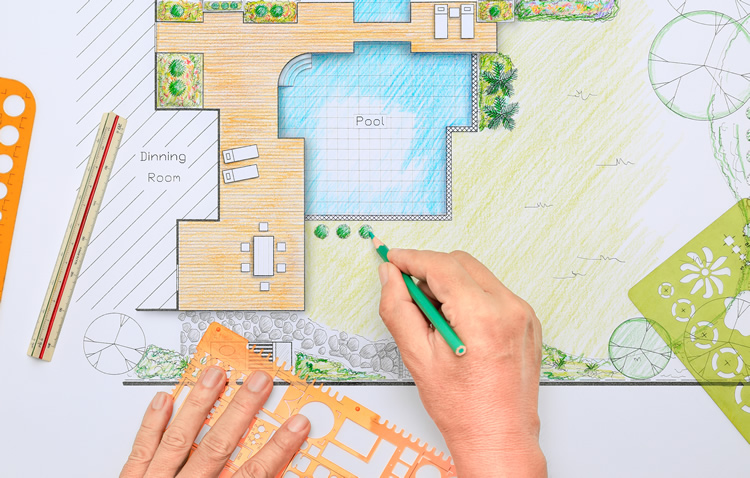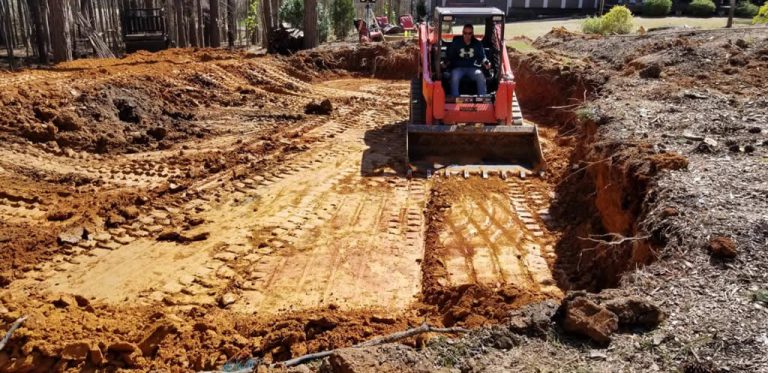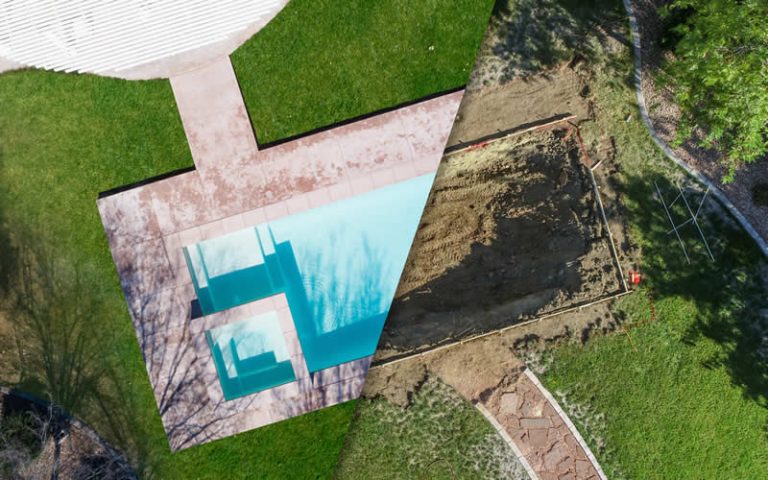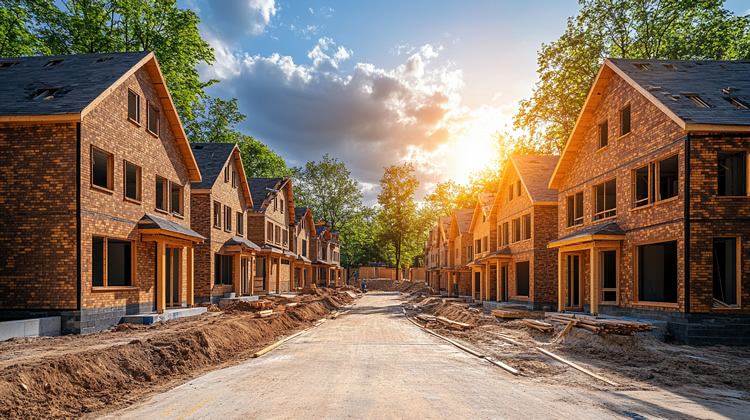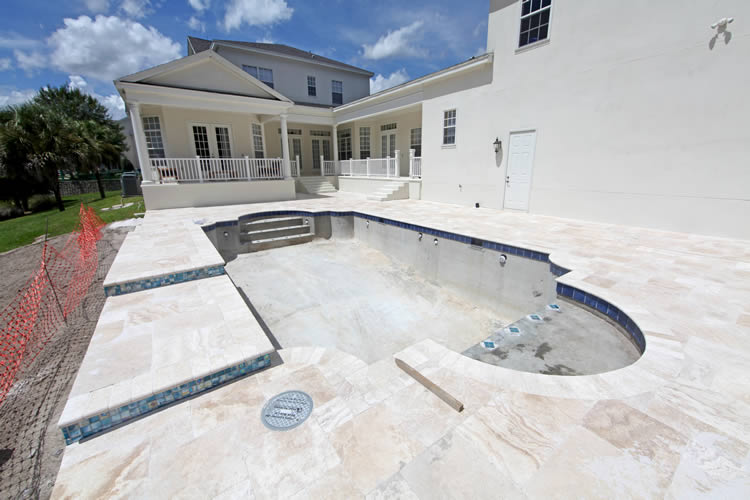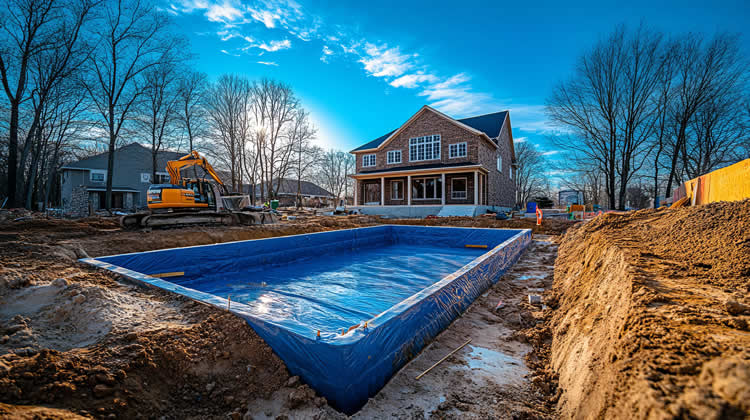Understanding Pool Permits, Setbacks, and HOA Rules in Georgia
Ask any seasoned builder what slows pool projects the most, and you’ll probably hear the same thing: paperwork. Not the kind that’s exciting — the kind that involves zoning maps, county inspectors, and neighborhood boards.
If you’re planning a pool in Georgia, understanding permits, setbacks, and HOA regulations from the start will save you stress later. The process isn’t complicated, but it does have steps — and skipping them can lead to fines, delays, or worse, tearing out work that didn’t meet code.
Let’s walk through what those rules mean, who enforces them, and how a good builder keeps your project running smoothly.
Why Permits Matter
A pool isn’t just a backyard upgrade; it’s a permanent structure that affects safety, drainage, and property value. Permits make sure it’s built correctly, to state and local codes, with proper electrical bonding and fencing for protection.
In Georgia, permits are issued by the local city or county building department. Requirements vary depending on where you live — a homeowner in Forsyth County might face slightly different standards than someone in Cherokee or Fulton.
Your builder usually handles this step, submitting drawings and engineering specs for review. The application packet typically includes:
- A site plan showing the pool’s location and setbacks
- Equipment and plumbing diagrams
- Electrical plans
- Drainage layout
- Fence and gate details
Once approved, inspectors will visit at several points — after plumbing, after steel or wall setup, and at final completion. Each sign-off ensures your pool meets Georgia’s building and safety standards.
Permits might feel like red tape, but they protect both you and your investment. A permitted pool is one that can be insured, sold with confidence, and maintained without legal headaches later.
Understanding Setbacks
One of the first design constraints your builder will check is the setback line — the minimum distance your pool or deck must sit from the property boundary.
Every jurisdiction has its own setback rules. In much of suburban Atlanta, the standard rear setback is around 10 feet, while side setbacks can range from 5 to 15 feet depending on zoning. Corner lots or properties that back up to drainage easements often have extra restrictions.
The reason for setbacks is safety and maintenance access. Pools need space for drainage, fencing, and service routes, and local governments want to prevent water runoff from crossing into neighboring yards.
Your builder uses a recent property survey to plot the pool accurately. Never rely on old drawings or online maps — they’re often off by a few feet, which can cause costly re-work if discovered mid-construction.
If your dream design pushes close to a boundary, your builder may apply for a variance, asking the county to approve a smaller setback. Variances can take a few weeks and aren’t guaranteed, but they’re often granted if the pool poses no drainage or visibility issues.
Fencing and Barrier Requirements
Georgia follows the International Swimming Pool and Spa Code (ISPSC) for safety barriers. That means every residential pool must be enclosed by a fence at least 4 feet tall, with self-closing, self-latching gates.
Some HOAs require even stricter barriers — often 5 or 6 feet in height or with specific styles to match neighborhood aesthetics. Gates usually must open outward, away from the pool, and have latches mounted high enough to be out of reach for small children.
If your home already has a backyard fence, it may qualify as part of the barrier, but local inspectors will still check latch height and gate swing direction. Your builder will coordinate that review before final approval.
Electrical and Plumbing Codes
Another piece homeowners often overlook is the bonding and grounding requirement. Electricity and water don’t mix — at least, not safely — so every pool must be grounded through a continuous copper wire network that connects the shell, deck steel, pump, and any nearby metal.
Plumbing must include dual main drains, anti-entrapment covers, and proper return flow design to meet state standards. These details might sound technical, but they’re what keep a pool safe and energy-efficient for decades.
Most builders coordinate directly with licensed electricians and plumbers who know Georgia’s codes inside and out. Don’t cut corners here — a failed inspection can set a project back weeks.
HOA Rules and Approvals
For many Georgia homeowners, the HOA approval process can feel more intimidating than the city permit. Each association has its own design guidelines, and they can be surprisingly detailed — specifying fence color, pool finish, lighting, and even how tall your equipment enclosure can be.
The good news: a reputable builder will handle this too. We prepare the drawings, material samples, and neighbor notifications (if required) for submission.
Here’s what HOAs typically care about:
- Pool location relative to fences or property lines
- Screening or landscaping around equipment
- Fence material and color (usually black aluminum or wood)
- Noise from pumps or waterfalls
- Lighting visibility at night
Most HOAs meet monthly, so timing is important. Missing a meeting can delay construction by several weeks. It’s smart to start the HOA process as soon as design drawings are ready — often right after you sign your contract.
How Long It All Takes
Here’s a realistic timeline based on typical Georgia projects:
- Design and engineering: 1–2 weeks
- Permit and HOA submission: 1–3 weeks (can overlap)
- Approvals: 1–4 weeks depending on county and HOA schedule
All told, the paperwork phase can take anywhere from two to six weeks, depending on how proactive everyone is. Starting early prevents it from delaying the actual construction window — especially if you’re trying to be ready for summer.
Tips for Smoother Approvals
A few small steps can save big headaches later:
- Get a current property survey. It’s the foundation for every drawing.
- Read your HOA’s covenants early. Know the restrictions before committing to materials.
- Budget for permit fees. They typically range from $150–$600 depending on location.
- Plan fence installation in advance. You’ll need it for final inspection.
- Hire an experienced local builder. We’ve worked with most HOAs and county offices — that familiarity keeps things moving.
The Bottom Line
Permits, setbacks, and HOA rules aren’t the glamorous part of pool ownership, but they’re what make everything else possible. Done right, this stage sets the tone for a smooth, professional build.
When you partner with a builder who knows Georgia’s regulations inside and out, you don’t have to worry about missing paperwork or failed inspections — you just get to watch your dream pool rise from the ground, step by step, with confidence that everything is built to last.

